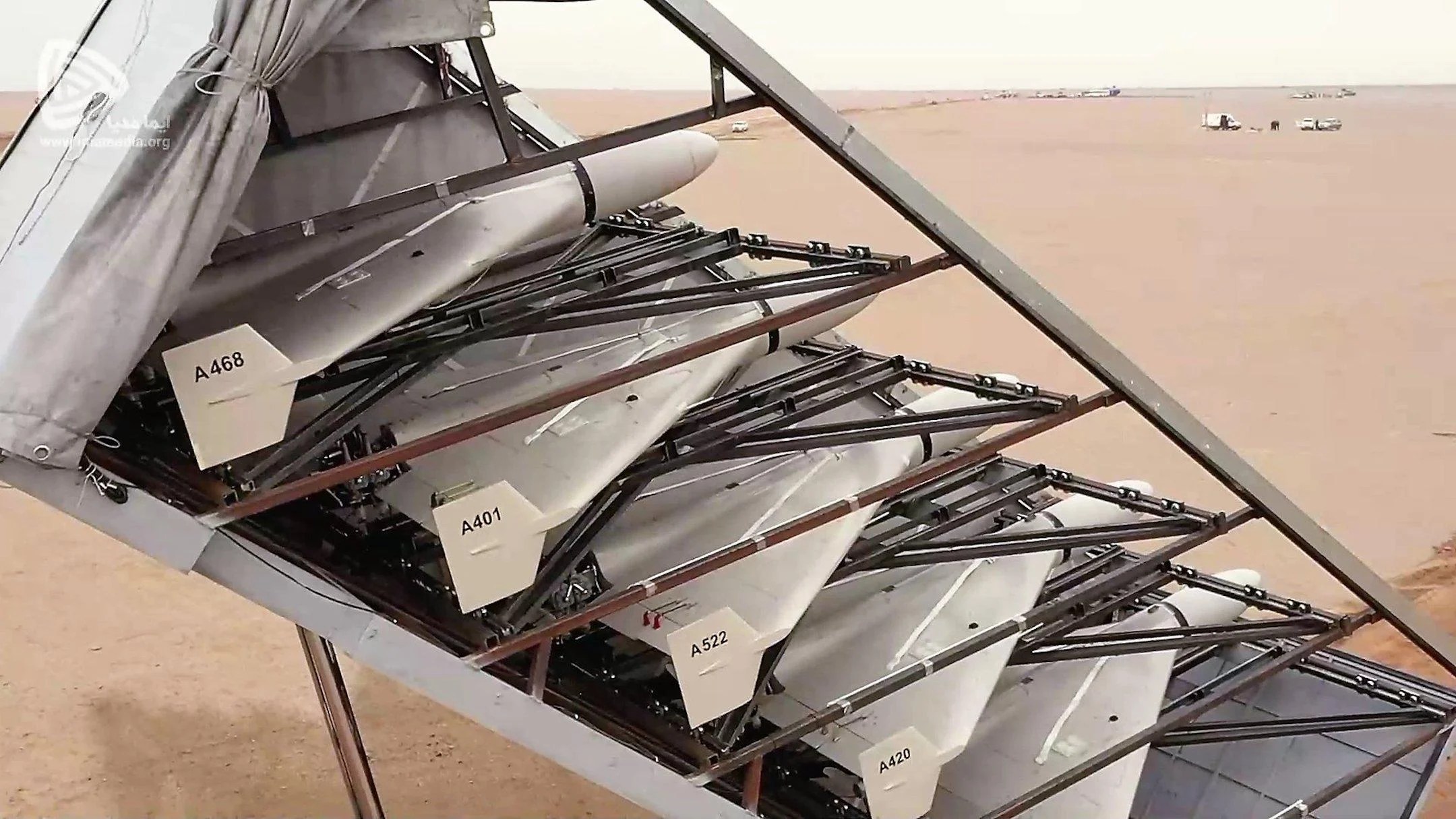The Ukrainian troops are holding out in two towns in the east and preparing to wrest back Kherson in the south. As Russian bombardment continues in full earnest, Ukraine’s intelligence suggests that Moscow has run out of missiles and is turning to Iranian munition to keep itself afloat in the ongoing war.
Kyrylo Budanov, Chief of Ukraine’s Defense Intelligence Directorate, recently announced that Russia is running dangerously low on missiles that it could use to attack the interiors of Ukraine. He was speaking in an interview with Ukrainian Pravda.
Budanov said Russia has a ready supply of Iranian “Shahed” drones, the widely used kamikaze drones. However, he added that Russia is purchasing them in large numbers since its missile inventories are “nearly exhausted.” The announcement comes when Russia ravages Ukraine with missile and drone strikes.
According to Budanov, just 13% of Iskander missiles, 43% of Kalibr-PL and Kalibr-NK missiles, and 45% of Kh-101 and Kh-555 missiles are still operational.
The Intel Chief told Pravda that Russia was compelled to deploy Iranian drones because it lacked missiles and couldn’t effectively and accurately fire them.

This is potentially why, as cited by Budanov, Iranian drones have been used by Russia en masse. Budanov also stated that a one-time batch delivery from Iran is about 300 units, and almost 330 have so far been used against Ukraine.
Budanov further stated in the interview that Russia is currently deploying its second batch of Iranian suicide drones.
According to Ukrainian intelligence officials, Russia has purchased 1,700 drones of different kinds from Iran, but the majority have not yet been produced or delivered.
The Ukrainian President claimed that Russia bought about 2400 drones from Iran. These claims could not be independently verified.
#Iran plans to transfer Fateh-110 and Zolfaghar short-range ballistic missiles to #Russia, – WP, citing sources.
Such missiles can cover 300 and 700 kilometers, respectively. pic.twitter.com/fOQgsHdcKm
— NEXTA (@nexta_tv) October 16, 2022
An intelligence report by US and Ukrainian officials claimed that Iran was ready to send short-range Fateh-110 and Zolfaghar tactical ballistic missiles to Russia.
According to western military experts, sanctions are restricting Russia from purchasing vital microelectronic weapon system components, severely limiting Russia’s ability to produce cruise and ballistic missiles.

Everyone Is Out Of Munitions
On October 25, a Pentagon spokesperson claimed that Russia was using long-range cruise missiles fired from Black Sea ships to hit civilian targets in Ukraine. Due to their long range, these missiles come in handy in hitting targets deep into Ukrainian territory.
The Kalibr missiles that have been constantly launched from the Black Sea have ushered an early winter in the beleaguered country to the absolute detriment of the Ukrainian people.
Earlier, an investigation from Bellingcat had revealed that the largest coordinated missile strike on Ukrainian targets by Russian forces since the beginning of the invasion was done using Kalibrs.

Russian Navy surface ships, such as Grigorovich-class frigates and four Buyan-M corvettes, can launch Kalibr-class cruise missiles. Additionally, six Kilo-class diesel-electric attack submarines that can fire the missiles have now apparently retreated.
In an unwarranted development, Russia has withdrawn its submarine missile carriers from the Black Sea, which has fueled speculation that the Kalibr missiles are nearing exhaustion. However, surface ships are still present at the location and are very much in the position of firing missiles at Ukraine.
While the Ukrainians contend that the Russians are nearing missile stockpile depletion, the other school of thought suggests that Moscow has changed tactics to use its expensive and advanced missiles with rationality.
Its cruise missiles would pass via Ukraine’s hotly contested airspace, constantly monitored by US ISR assets like the E-3 Sentry AWACS and RC-135 versions. Therefore, Russia is turning to cost-effective and expendable drones to save its cruise missiles from being shot down by now-operational IRIS-T and soon-to-be operational NASAMS missile defense systems.
Besides buying Iranian drones of all types, Iranian ballistic missiles could help Russia because there is no operational defense against ballistic missiles provided by NASAMS & IRIS-5. These Iranian missiles are reportedly more affordable than Russia’s own Iskander missiles, as previously noted by EurAsian Times.
Interesting video about loitering munition e.g. shahed-136 from Iran.
via @Seifoleslam. @theragex @jpg2t785 @9b3OR2qdITMbDcd pic.twitter.com/P1uyw34OjU— Felix Woessner (@FeWoessner) October 22, 2022
Further, since the war is now eight months old, it is evident that both sides have spent a big chunk of their arsenal. For instance, almost one-third of the United States’ Javelin anti-tank missiles have been sent to Ukraine, which could take years to replenish.
In addition, as far as the howitzers are concerned, the United States has delivered about one and a half million projectiles to Ukraine, which is probably near the limit that the United States is ready to offer without damage to its warfighting capabilities.
The game-changing weapon High Mobility Artillery Rocket System, or HIMARS, is also becoming scarce with each delivery.
- Contact the author at sakshi.tiwari9555@gmail.com
- Follow EurAsian Times on Google News




